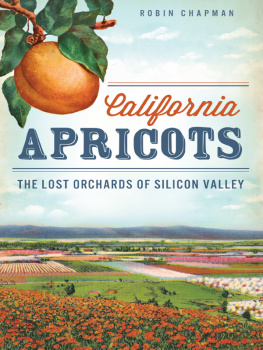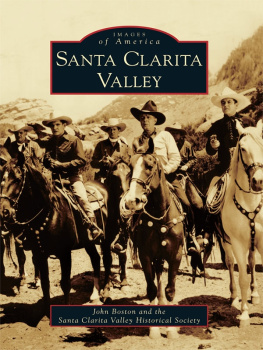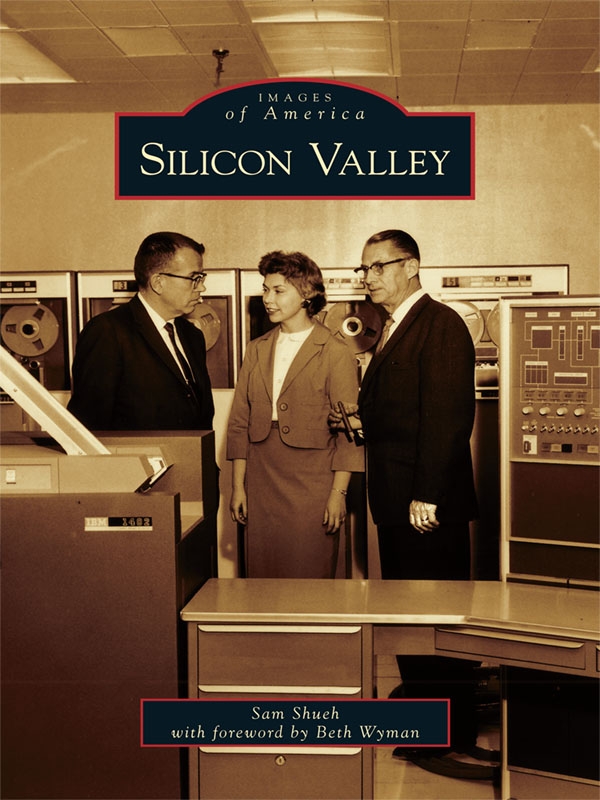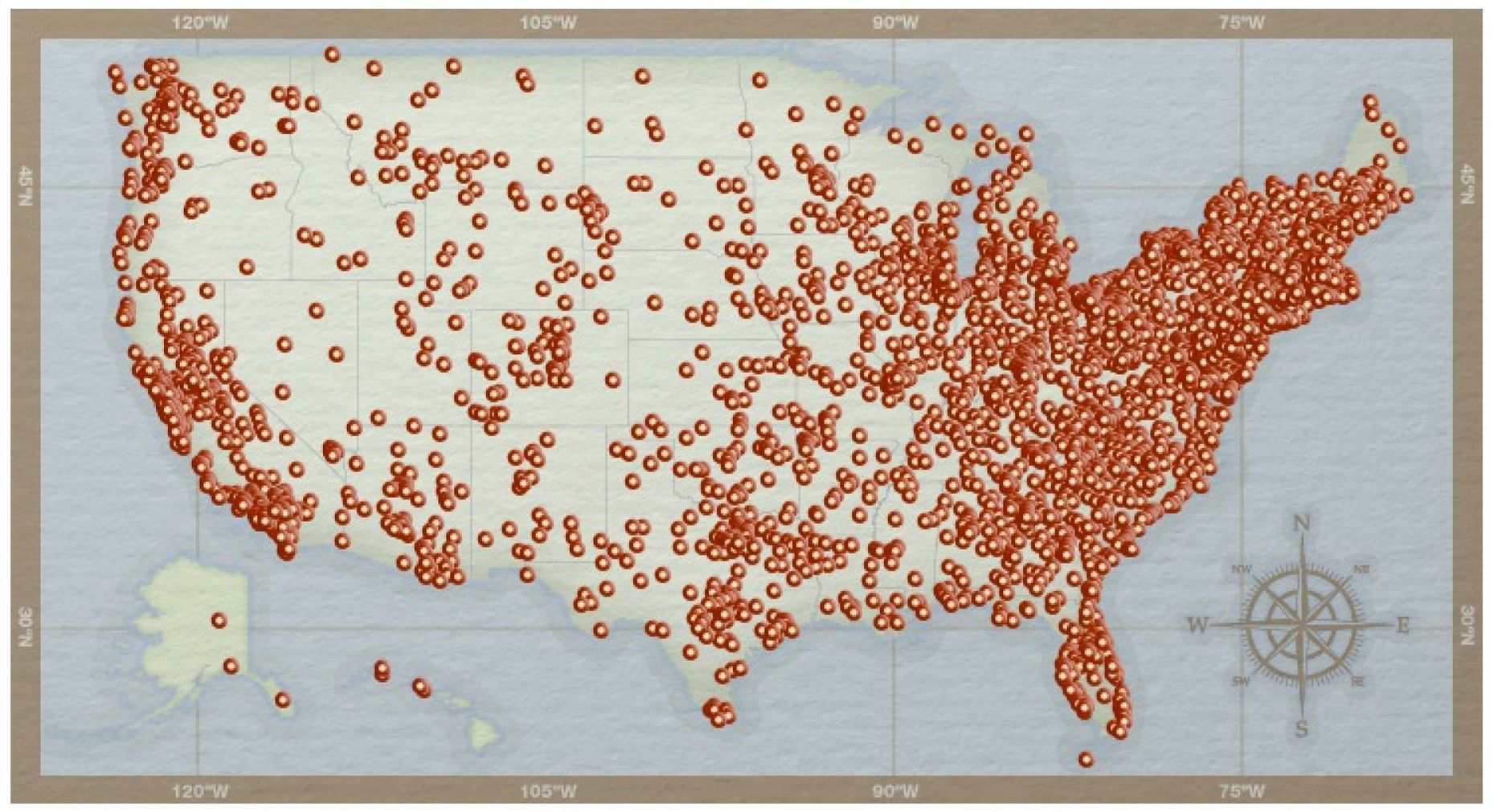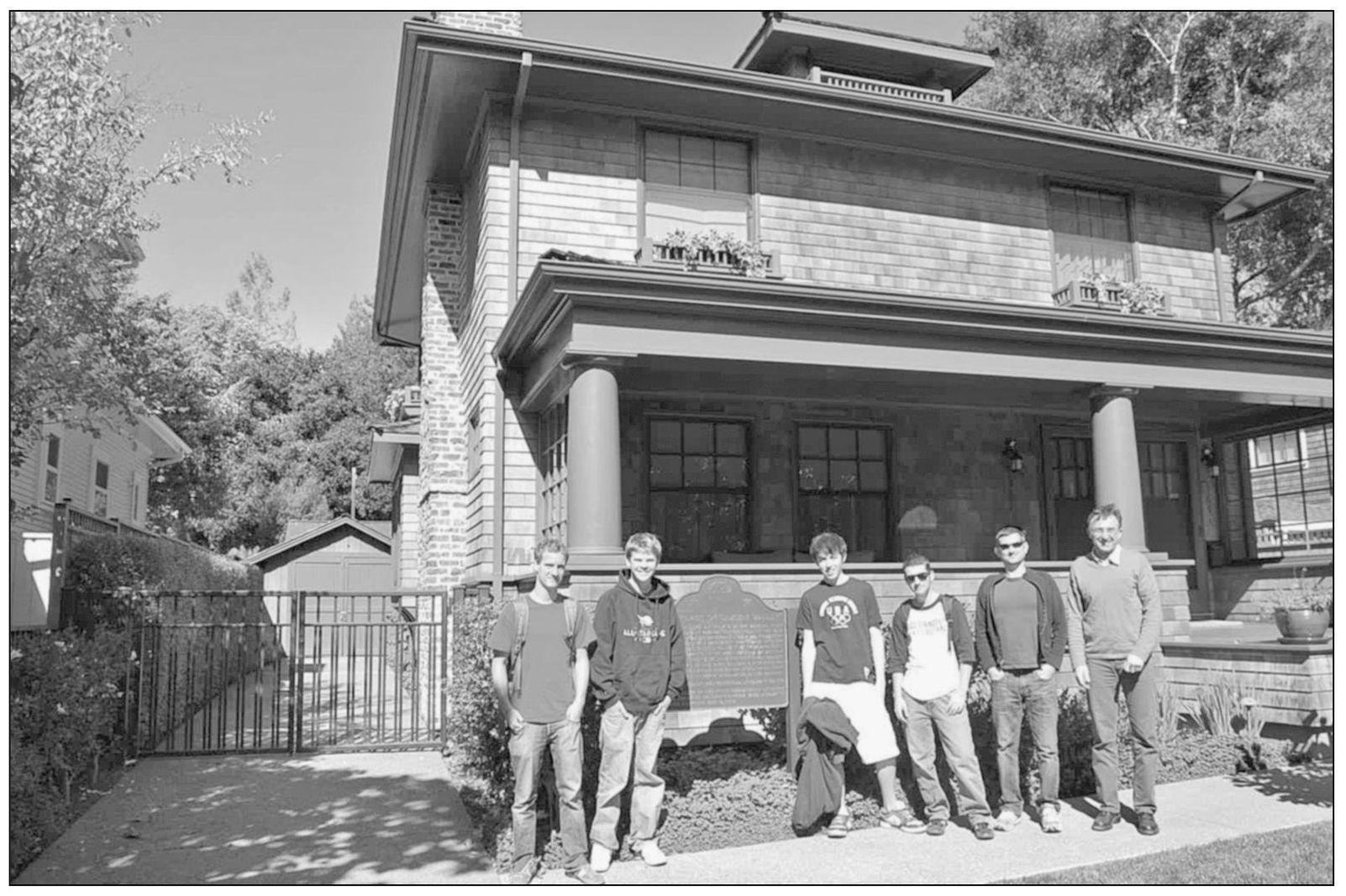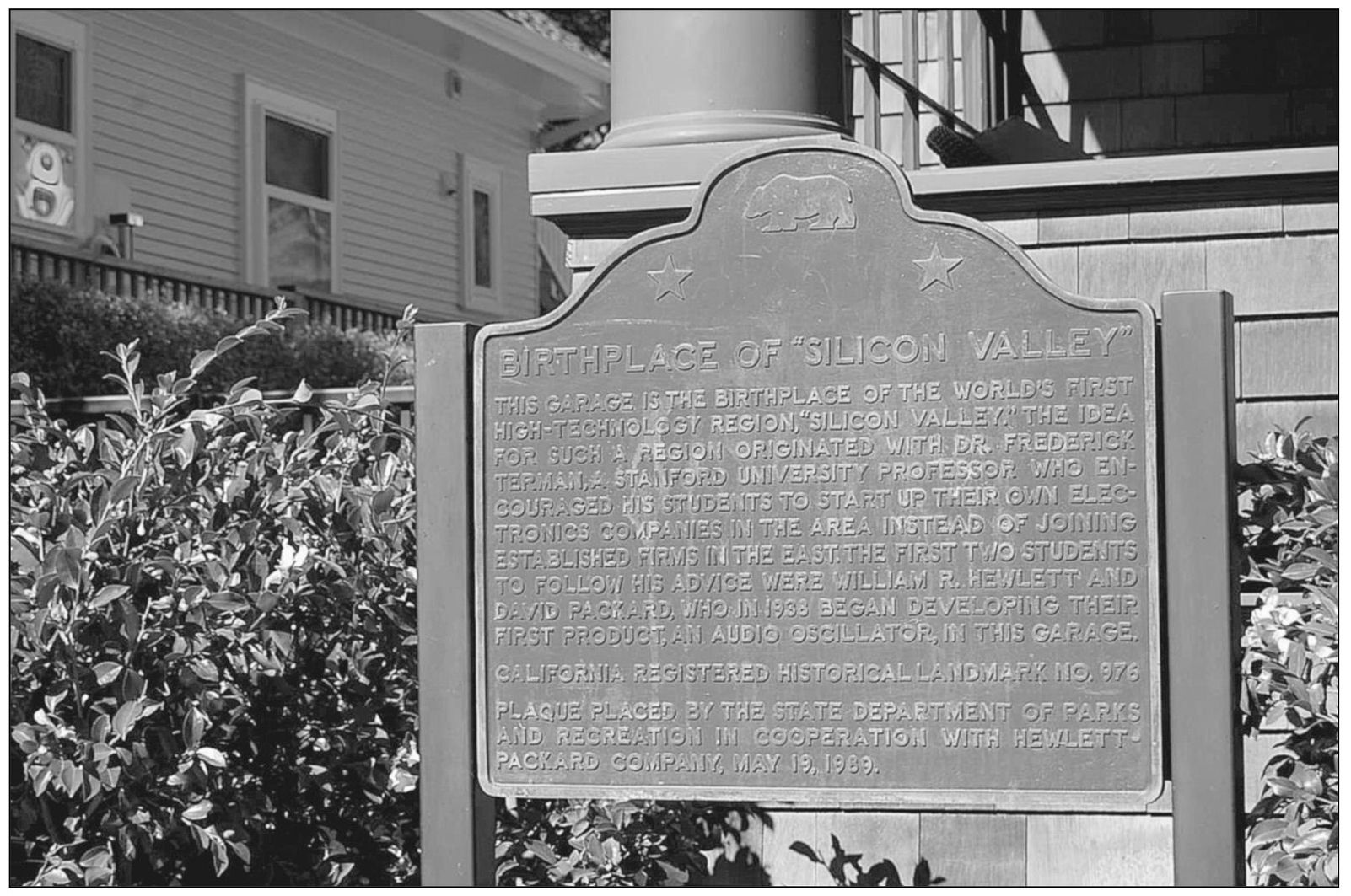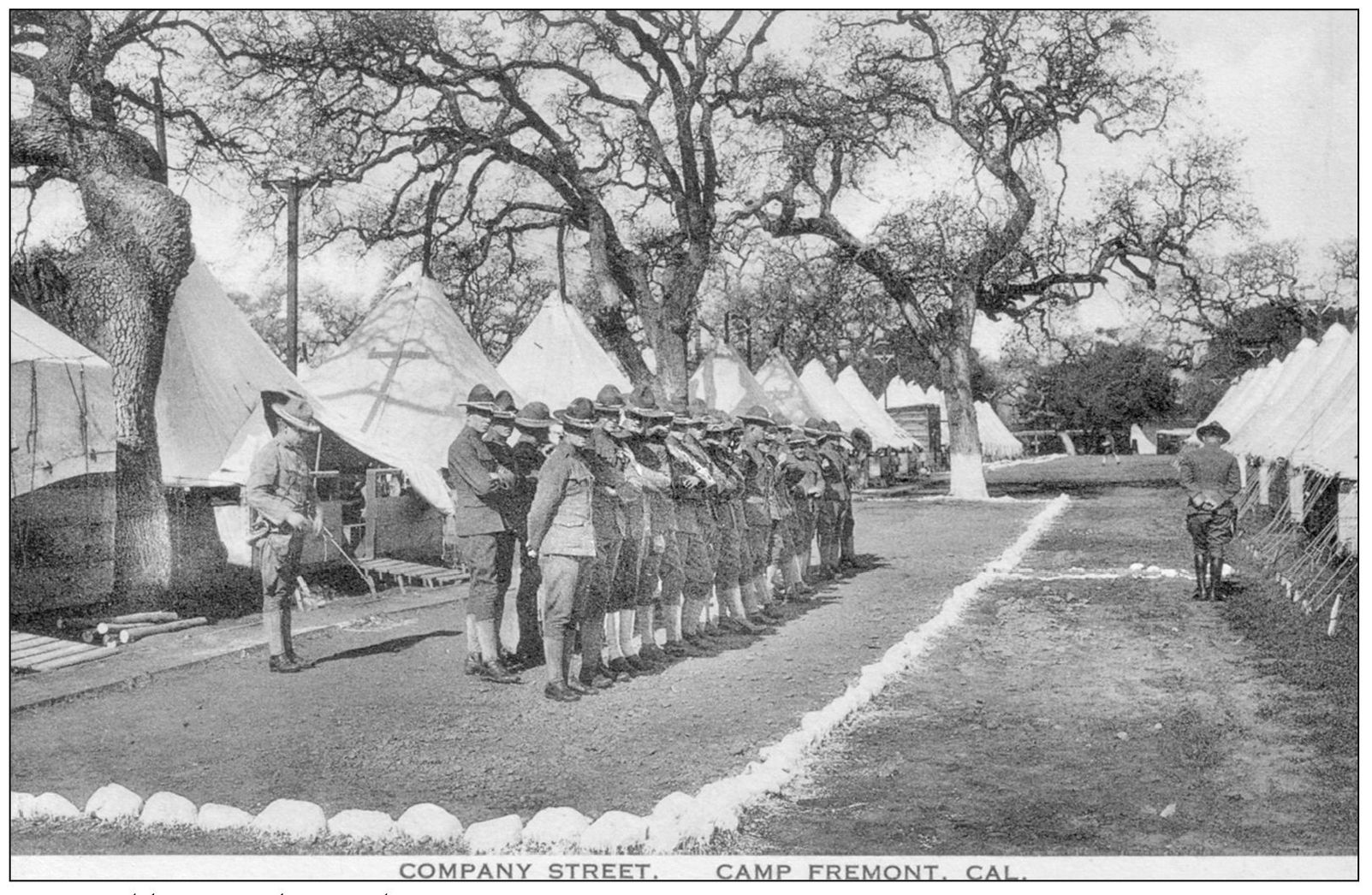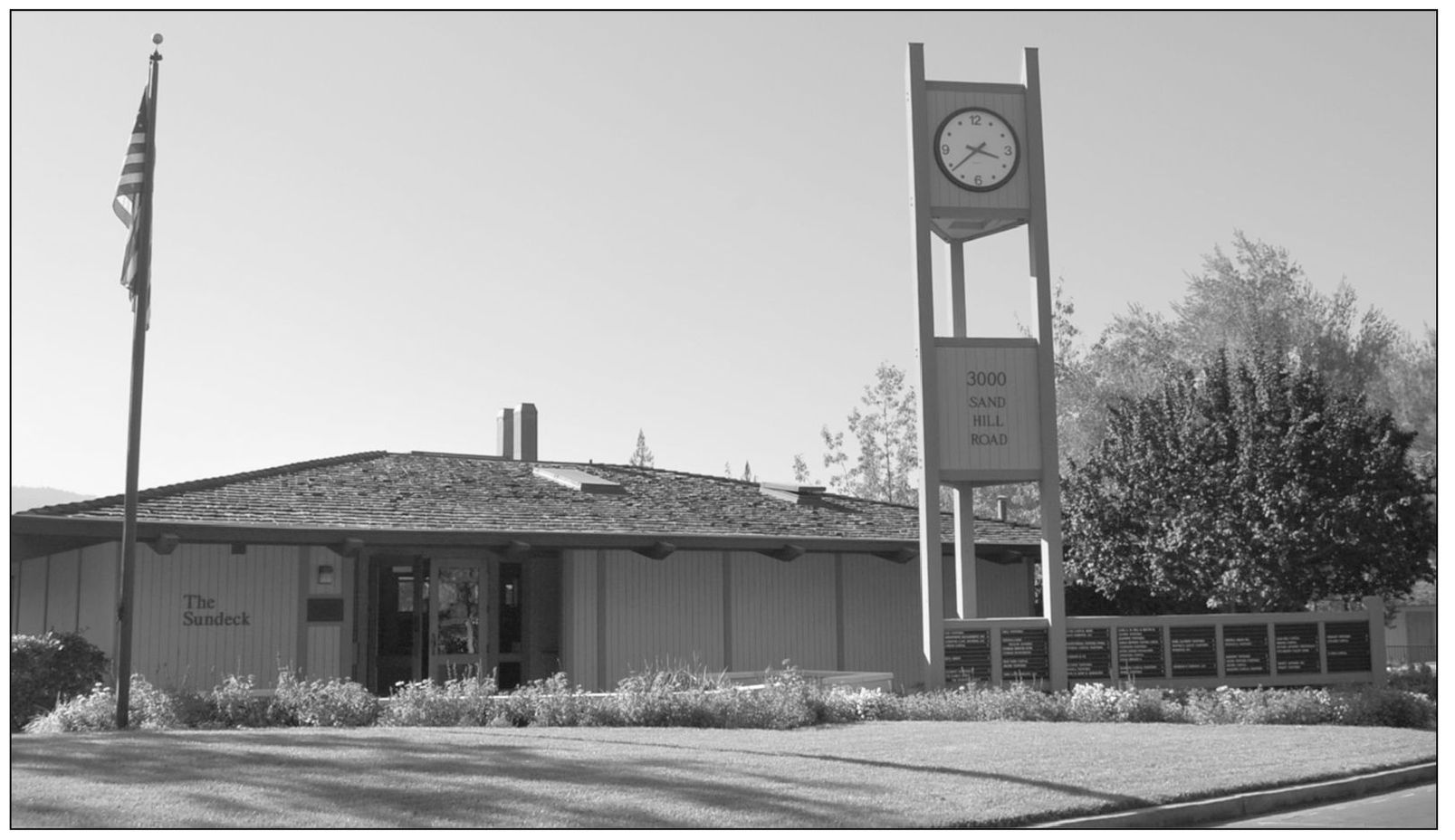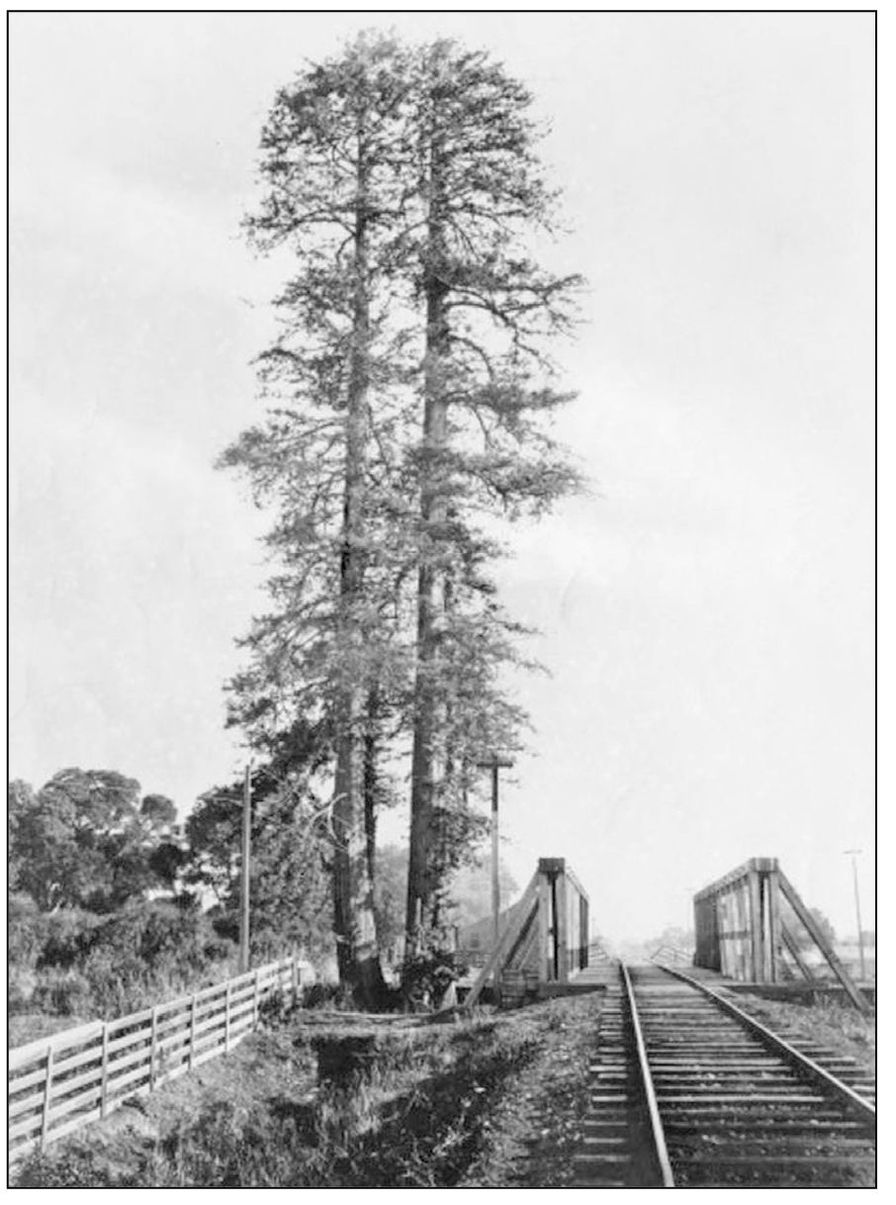ACKNOWLEDGMENTS
As a 31-year resident of Silicon Valley, a valley created by seismic movements raising the Diablo and Santa Cruz Mountains, I have witnessed the transformation of the area from a semi-agricultural base to a world-class technology center. When I see an old building, I wonder who lived there and how they lived. Whenever I hear that a building is being demolished, I quickly bring my camera to document a bit of local history.
I wish to thank Lisa Christiansen of California History Center, Lakehurst Historical Society for information on the Moffett blimps, Jeanine Stanek of the Sunnyvale Historical Society, historian Yvonne Olson-Jacobson, Mary Hanel of the Santa Clara City Library, Steve Staiger of the City of Palo Alto, Masahiko Nishimura of the San Jos Buddhist Church, and Peggy Schopp of the Saratoga Historical Society. Thank you to Michael Griffith and Trista Raezer of the Santa Clara County Archive and Collie Woodward for helping to identify names shown in the computer photographs. History of San JosSilicon Valley a-z, California Room of San Jos Public Library staff, and the Navy Historical Center are all greatly appreciated. Without these fine professionals help, this work would not be completed.
I was pleased to oblige, as some of my engineering work already ended up in the Computer History Museum. I wish to thank Fiona Tang for the permission to photograph the Computer History Museums exhibit. Permission to use material from Cisco, Intel, and so on is also appreciated. During the preparation, I often met people willing to share their sweet memories who realize the work needs to go on before the history is lost forever. Finally, I wish to thank Beth Wyman, former county commissioner of historical heritage, for her foreword.
During my interviews, many promised to offer their old pictures; I found these photographs were elusive. I was deeply touched as the residents urged me to go on documenting what they know. The images in this book, unless otherwise noted, are from my own collection or provided by another private collection. I also wish to thank Kelly Reed and Devon Weston at Arcadia Publishing for their guidance and Bill Holland and Aaron Sikes for their reviewing and skillful editing. Last but not least, I am grateful to my wife, Lilie, for her patience and understanding of my perseverance. Now she knows why I, a realtor, stop in the middle of nowhere to study crumbling buildings.
Find more books like this at
www.imagesofamerica.com
Search for your hometown history, your old
stomping grounds, and even your favorite sports team.
One
BIRTHPLACE OF SILICON VALLEY
In this garage in 1938 on Addison Street in Palo Alto, William Hewlett and David Packard developed their first product. Whether to use an HP or PH company name was decided by flipping a coin. Three years later, HP had three employees and eight products and generated $34,000 revenue.
HP headquarters is located at 3000 Hanover Street in Palo Alto. HPs instruments were famed for their solid design and accuracy. Walt Disney Studios ordered eight sets of audio generator HP200a at $71.50 each to test its audio cartoon Fantasia . The instrument division of HP was not long ago spun off as Agilent. In 1999, the company made $2.1 billion, which is a lot more than the $538 they started with in 1938. In 2007, HP reported revenue of $104.3 billion with over 172,000 employees.

Army soldiers are shown above in formation in Camp Fremont, Menlo Park, around 1918. The area served as a military camp between July 18, 1917, and December 19, 1918, on a 7,203-acre pasture. The 8th Division soldiers were trained to fight in France. It had up to 27,000 enlisted men at the camp. Most soldiers spent the rest of the war physically fit. However, those sent to fight in Siberia during the Russian civil war suffered frostbite and deaths. The photograph at right depicts a victory parade on University Avenue. It was in the middle of a deadly influenza, and soldiers wore gauze mask to protect themselves. Little is left of the original camp. The Oasis Beer Garden today was once the site of a 1917 YMCA for soldiers and their visitors, and a base hospital on Willow Street became the VA Hospital. (Courtesy of a private collection.)
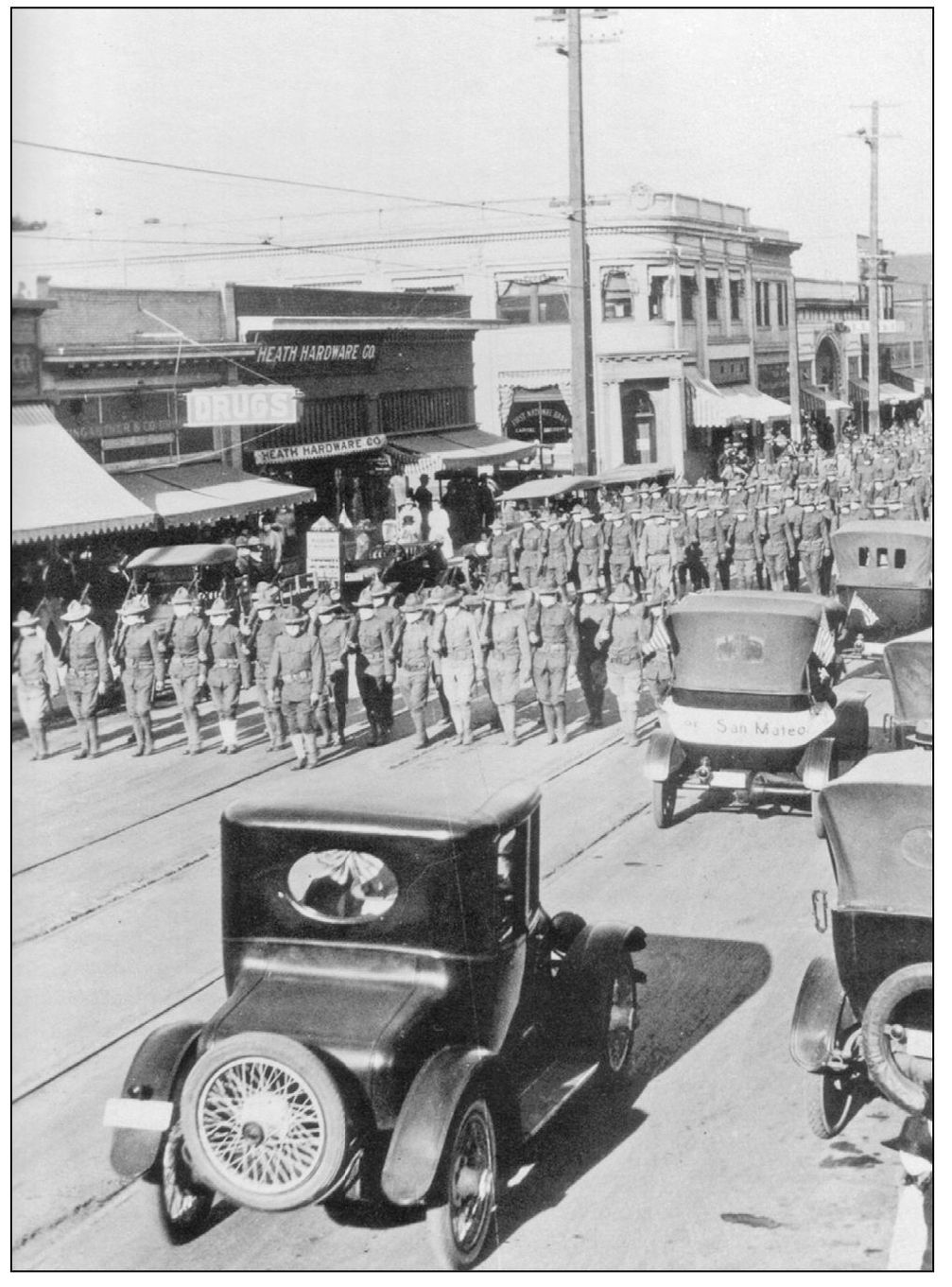
Menlo Park has played a major role in Silicon Valley. A number of venture capital firms set their offices prominently along Sand Hill Road (for example, 3000 Sand Hill Road had almost 50 firms). Compared to similar office rentals cost, the square footage on Sand Hill Road was the most expensive place globally in 2002. The Stanford Research Institute (SRI) on Ravenswood Avenue routinely spun off business from technology they had developed. Lately, its core business is robotics, biomedicine, and fuel cells. The city is also known for the Stanford Linear Accelerator Laboratory (SLAC), a basic research lab in elementary particle physics with the worlds longest particle accelerator to collide atomic electrons and positrons. The worlds first Web site was developed for SPIRES-HEP in 1991; the site still provides search and help features.
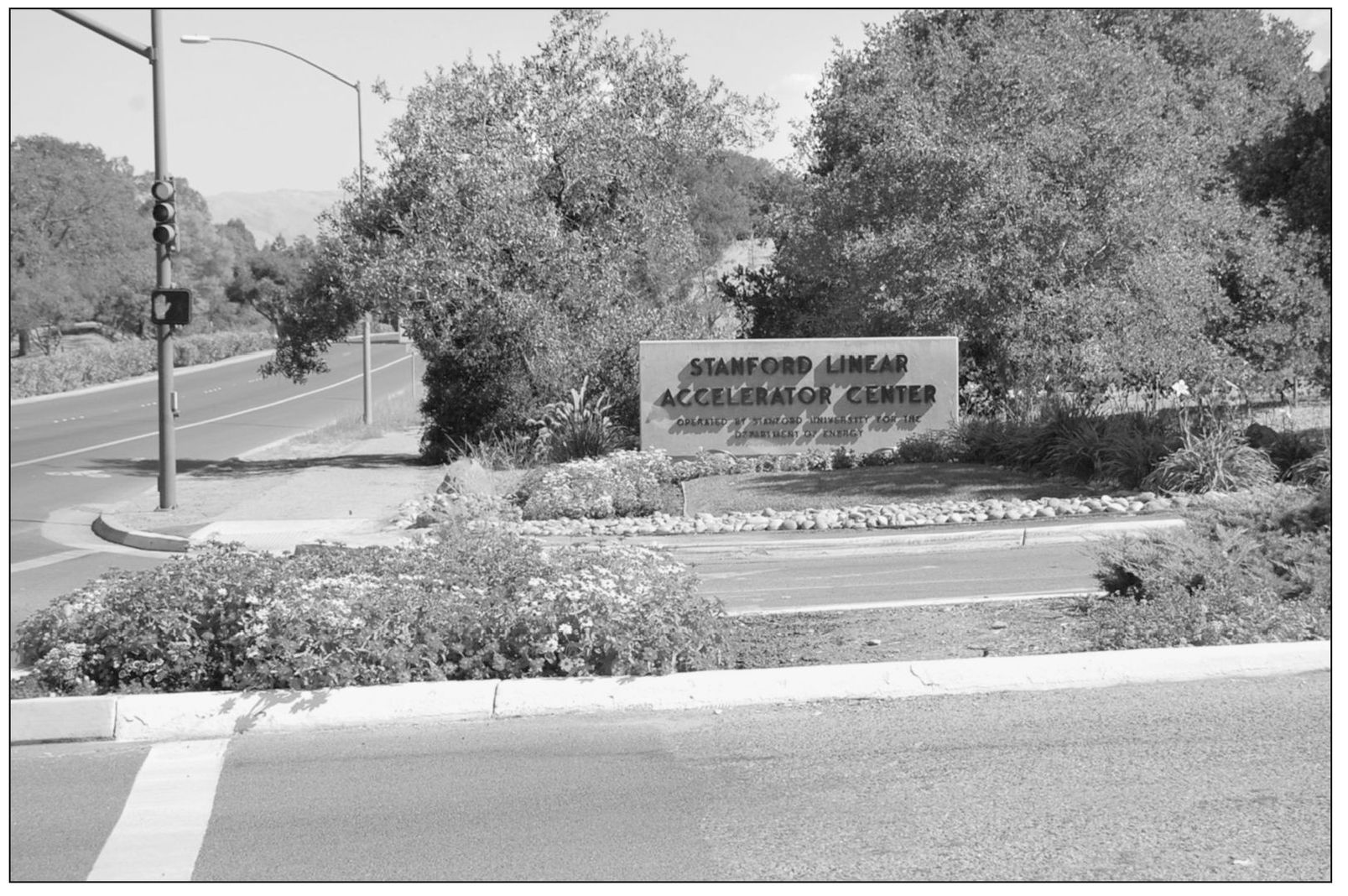
The right photograph is of coastal redwood and is the site where the 1769 Portola Expedition camped. El Palo Alto was already 843 years old. Many roads like El Camino Real were measured from the center of the tree trunk for mapping by surveyors. The original tree had twin trunks and grew to 162 feet in 1814. However, due to either the construction of the Southern Pacific Bridge or heavy rain in 1886, the left trunk toppled. The height of the right trunk was trimmed back to 110 feet with termite treatments, mist spraying, and fertilizing. It was cared for by Woody Metcalf, a forester, for 40 years. Todays tree shown here is considered healthy, and its seedlings have been planted on the Stanford campus. El Palo Alto is designated as California Historical Landmark No. 2.



